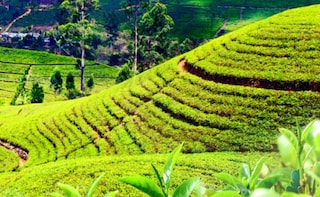The intense burst of sunset has coloured the mountain tops a deep, rippling orange-gold as I walk down to Darjeeling's boisterous market place. The stalls are overflowing with fresh produce even though it is winter - small, tangy oranges and sugar-sweet pineapples from Siliguri are everywhere. The weather is sublime: the air puffs into little clouds every time I speak. My hands are snug inside their glittens. It is the perfect weather for momos andthukpas and inside the town's tangled alleyways, I find scores of gritty shops selling them.
Advertisement
Advertisement
Advertisement
For the latest food news, health tips and recipes, like us on Facebook or follow us on Twitter and YouTube.
Advertisement
